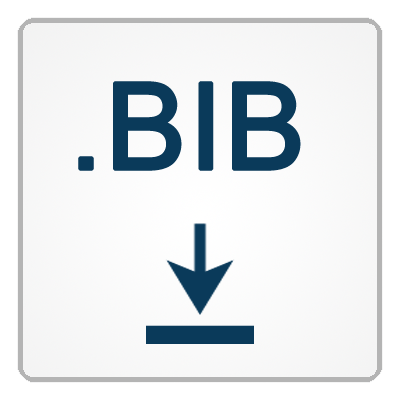Biosignal-based spoken communication
Authors: Tanja Schultz
Abstract:
Speech is a complex process emitting a wide range of biosignals, including, but not limited to, acoustics. These biosignals – stemming from the articulators, the articulator muscle activities, the neural pathways, or the brain itself – can be used to circumvent limitations of conventional speech processing in particular, and to gain insights into the process of speech production in general. In my talk I will present ongoing research at the Cognitive Systems Lab (CSL), where we explore Biosignals like muscle and brain activity to facilitate humanmachine as well as machine-mediated human communication. Several applications will be described such as Silent Speech Interfaces that rely on articulatory muscle movement captured by electromyography to recognize and synthesize silently produced speech, Brain-to-text interfaces that use brain activity captured by electrocorticography to recognize speech and brain computer interfaces based on near infrared spectroscopy. We hope that our research will lead to a better understanding of the neural basics of speech production and will result in alternative interfaces that offer ways to communicate silently without disturbing bystanders or compromising privacy, and may be used for rehabilitation of speech-disabled people in the future.


